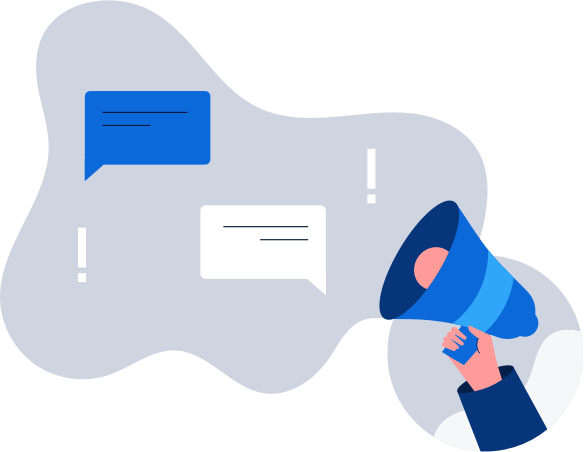How to get a Finnish IP address
The easiest way to improve your digital privacy is to switch your IP address using a VPN. We’ll …

There is no doubt about it; it’s tempting to use public WiFi. After all, it’s free, it allows you to minimize data usage on your device, and it can provide a faster connection. But while we all love public WiFi, so do hackers, and that puts your sensitive information—like bank details, credit card numbers, and more—at risk. Here are some of the ways hackers can expose your public WiFi security — or lack thereof:
Firstly, in 2015 alone, 594 million people around the world were victims of cybercrime. 21% of Americans had their emails hacked and 12% had their financial details stolen after shopping online.
Here’s how they do it, and what you need to do to protect yourself.
If you are using public WiFi, you are a potential target for a man-in-the-middle attack. This is where a hacker intercepts the data that is moving between two people or participants. This is especially worrying when you are sending private or financial information, such as to your bank.
You can protect yourself by making sure you aren’t doing things like banking on public WiFi without using Hotspot Shield. Additionally, you should make sure that you only visit secure sites, those that have HTTPS://. If you do have the Hotspot Shield app, and we certainly hope that you do (click here if you don’t), you simply need to press “connect” from within Hotspot Shield and your online activities will be invisible from hackers.
Another way that hackers can access your information is to use fake WiFi connections. Basically, they create a fake access point, and with this, they can access any device that connects to that WiFi network. So, when you are connecting to public WiFi, it’s important that you confirm that you have the right network. Be super careful with this: Hackers will be clever and use network names like “FREE WIFI.” Be sure to check that the network your connecting to is legit.
Though the name sounds silly, packet sniffing is not a silly practice. With this, the hackers can get information right from the air, and then analyze it at will. Basically, when a device sends information across a network that is unencrypted, it can be read by anyone who has unknowingly downloaded some free software (or malware), like from a spam email or unsecure site. What’s even scarier about this is that it’s not even illegal.
What can you do about it? Again, you can eliminate this risk by using a Hotspot Shield and also only connecting to secure HTTPS websites.
You should also be aware of a hacker trying session hijacking. This is similar to packet sniffing, but the hack is done on-site instead of later. The hackers are after your log-in information, and they can get them by hijacking the session. Even if your connection is encrypted, it doesn’t mean that the response is necessarily encrypted. The best thing you can do here is use HTTPS sites and stop sending personal information on public WiFi. If you need to check your bank account, wait until you get home.
Shoulder-surfing is simple: Basically, a hacker looks over your shoulder and watches you enter your PIN, password, or other information when logging into WiFi or critical accounts. If there is someone near you when using your computer, mobile device, or even an ATM, they could be a hacker and watching or recording your actions. So, remain vigilant, and make sure no one is peeking over your shoulder.
Think this would never happen to you? Public WiFi security is a big deal, and the stats don’t lie. It happens all the time; even an inexperienced hacker can steal your information in a matter of minutes.
Take the necessary precautions for public WiFi security. Download Hotspot Shield for free today and keep your all of your devices—including Mac, Windows, iOS, and Android—secure.
